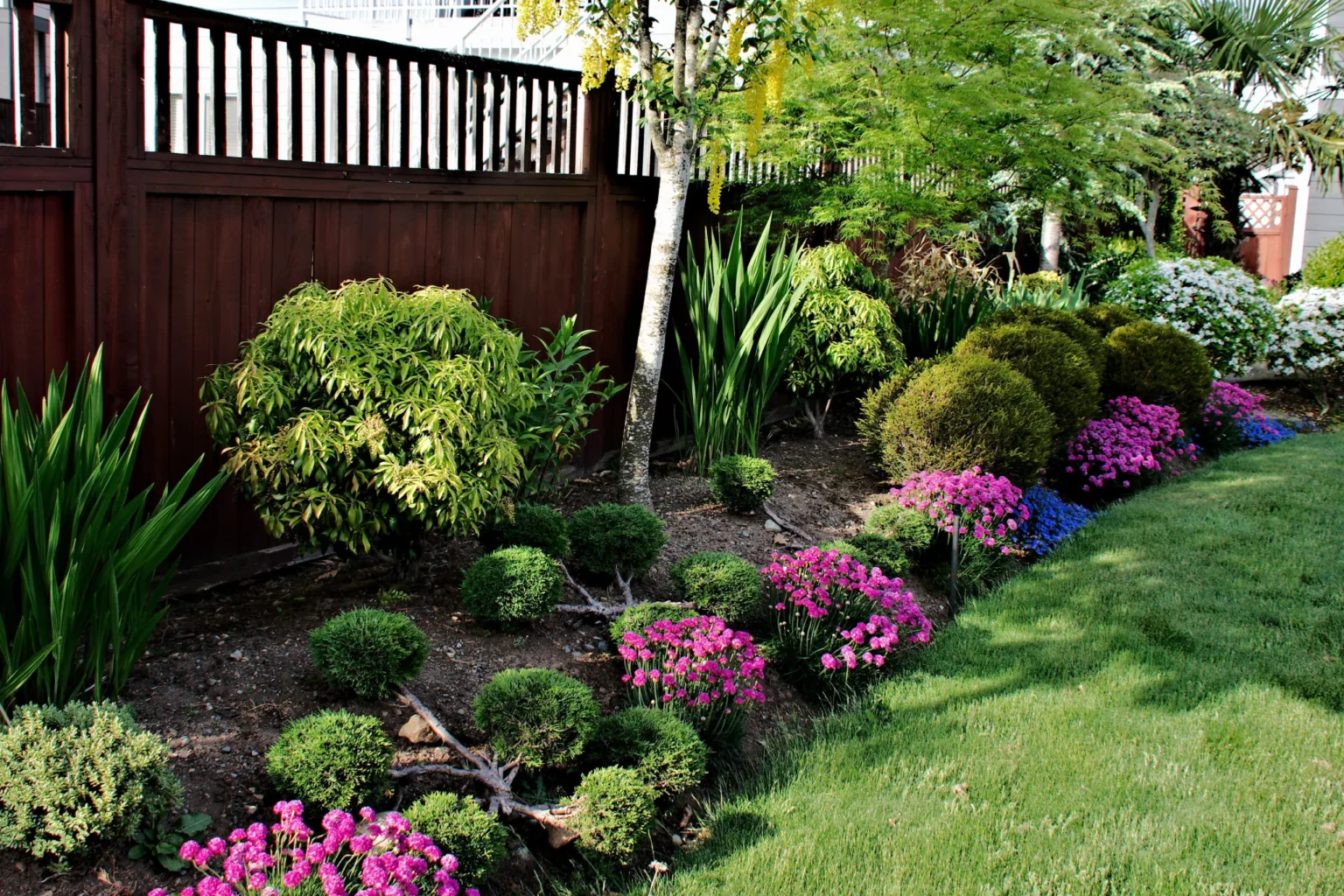Yard art landscaping is a creative approach to transforming outdoor spaces into visually appealing and personalized havens. By blending decorative elements with plants, pathways, and natural features, homeowners can craft a yard that reflects their personality and style. This form of landscaping is not just about planting flowers or trimming hedges—it’s about turning your yard into an artistic masterpiece. Whether it’s a small garden corner or a sprawling backyard, yard art brings charm, creativity, and character to every inch of the space.
The Growing Popularity of Artistic Landscaping
Over the past decade, artistic landscaping has gained popularity as more homeowners seek to create unique outdoor environments. The traditional concept of a manicured lawn has evolved into vibrant, themed, and personalized landscapes. Yard art landscaping offers the opportunity to showcase creativity, highlight cultural influences, and experiment with bold designs. With social media platforms showcasing breathtaking outdoor transformations, many are inspired to incorporate artistic elements into their own yards.
Understanding the Role of Yard Art in Landscape Design
Yard art plays a significant role in enhancing the visual appeal of a landscape. It adds focal points that draw the eye, creates conversation starters, and adds a sense of harmony or contrast depending on the design goal. Whether it’s a rustic iron sculpture, a painted bench, or a whimsical birdhouse, yard art can tie together the various components of a landscape. In many cases, these artistic features become the defining elements that make a yard stand out.
Choosing the Right Yard Art for Your Outdoor Space
Selecting yard art involves more than just picking something attractive. It requires a thoughtful approach to ensure the piece complements the overall design and mood of the yard. Factors such as size, color, material, and placement play crucial roles. Art that is too small might get lost among plants, while oversized pieces can overwhelm a small space. The goal is to achieve balance and harmony between the art and its surroundings.
Matching Art with Landscape Style
The type of art you choose should align with your yard’s theme. A modern, minimalist garden may benefit from sleek metal sculptures, while a cottage-style yard might be better suited to vintage ceramic ornaments. By matching the style of art to the overall landscape design, you create a cohesive and intentional look.
Considering Seasonal Changes
Seasons impact how yard art appears throughout the year. A brightly painted piece may pop in the winter against a snowy backdrop, while in summer it may blend more subtly among blooming flowers. Considering seasonal changes ensures your art remains attractive and relevant all year long.
Incorporating Sculptures and Statues
Sculptures and statues bring an undeniable sense of elegance and sophistication to a yard. From classical stone figures to abstract modern designs, these elements add structure and permanence to the landscape. They can be placed at focal points, such as the end of a pathway, or used to create a sense of surprise by hiding them among lush greenery.
Using Garden Ornaments for Aesthetic Appeal
Garden ornaments, such as birdbaths, sundials, wind chimes, and decorative planters, can infuse charm and personality into any outdoor space. These small yet impactful features add layers of visual interest and help create a welcoming environment. They are also versatile, making it easy to switch them out when you want to refresh your yard’s look.
Creative Pathways and Borders
Pathways and borders serve practical purposes, but they can also be transformed into works of art. Using mosaic tiles, colorful stones, or reclaimed materials, you can create walkways that guide visitors while adding beauty and creativity. Borders made from artistic fencing, painted stones, or layered plants can frame garden beds in an eye-catching way.
Integrating Water Features as Functional Art
Water features like fountains, ponds, and waterfalls double as art pieces while offering soothing sounds and movement. Modern water features often incorporate sculptural elements, combining function and beauty. A well-placed fountain can become the centerpiece of a yard, inviting visitors to relax and enjoy the space.
Using Lighting to Enhance Yard Art
Strategic lighting can bring yard art to life after dark. Spotlights can highlight sculptures, while string lights or lanterns create ambiance around seating areas. Solar-powered lights are a sustainable choice that can be positioned to subtly illuminate art pieces, pathways, and garden accents.
DIY Yard Art Ideas for a Personal Touch
Creating your own yard art is a great way to personalize your outdoor space while saving money. Reclaimed wood, old metal objects, or even painted rocks can be transformed into unique decorative elements. DIY projects allow you to infuse your yard with sentimental value and a one-of-a-kind charm that store-bought items can’t match.
Maintaining Yard Art for Long-Lasting Beauty
Like any other outdoor feature, yard art requires regular maintenance to stay beautiful. Weather can cause fading, rust, or cracks over time, so applying protective coatings, cleaning regularly, and repositioning pieces when needed is essential. Well-maintained yard art not only looks better but also lasts longer.
Budget-Friendly Yard Art Landscaping Tips
Landscaping with art doesn’t have to be expensive. Thrift stores, garage sales, and flea markets often have affordable pieces that can be repurposed. Upcycling old items into yard art is not only cost-effective but also environmentally friendly. Creativity, rather than budget, is often the key to a stunning artistic yard.
Mistakes to Avoid in Yard Art Landscaping
Common mistakes include overcrowding the yard with too many pieces, neglecting maintenance, and choosing art that clashes with the overall design. It’s important to remember that less is often more—focal points work best when they’re not competing for attention.
The Environmental Impact of Yard Art
Choosing eco-friendly materials for yard art can reduce environmental harm. Recycled metal, reclaimed wood, and biodegradable paints are excellent options. Additionally, integrating wildlife-friendly features like bird feeders or butterfly houses supports the local ecosystem while enhancing your yard’s beauty.
Conclusion
Yard art landscaping is more than just decorating an outdoor space—it’s a form of self-expression and creativity that can transform a simple yard into a captivating retreat. By thoughtfully selecting and placing art pieces, maintaining them, and considering both aesthetics and functionality, you can create an outdoor space that’s truly your own.

